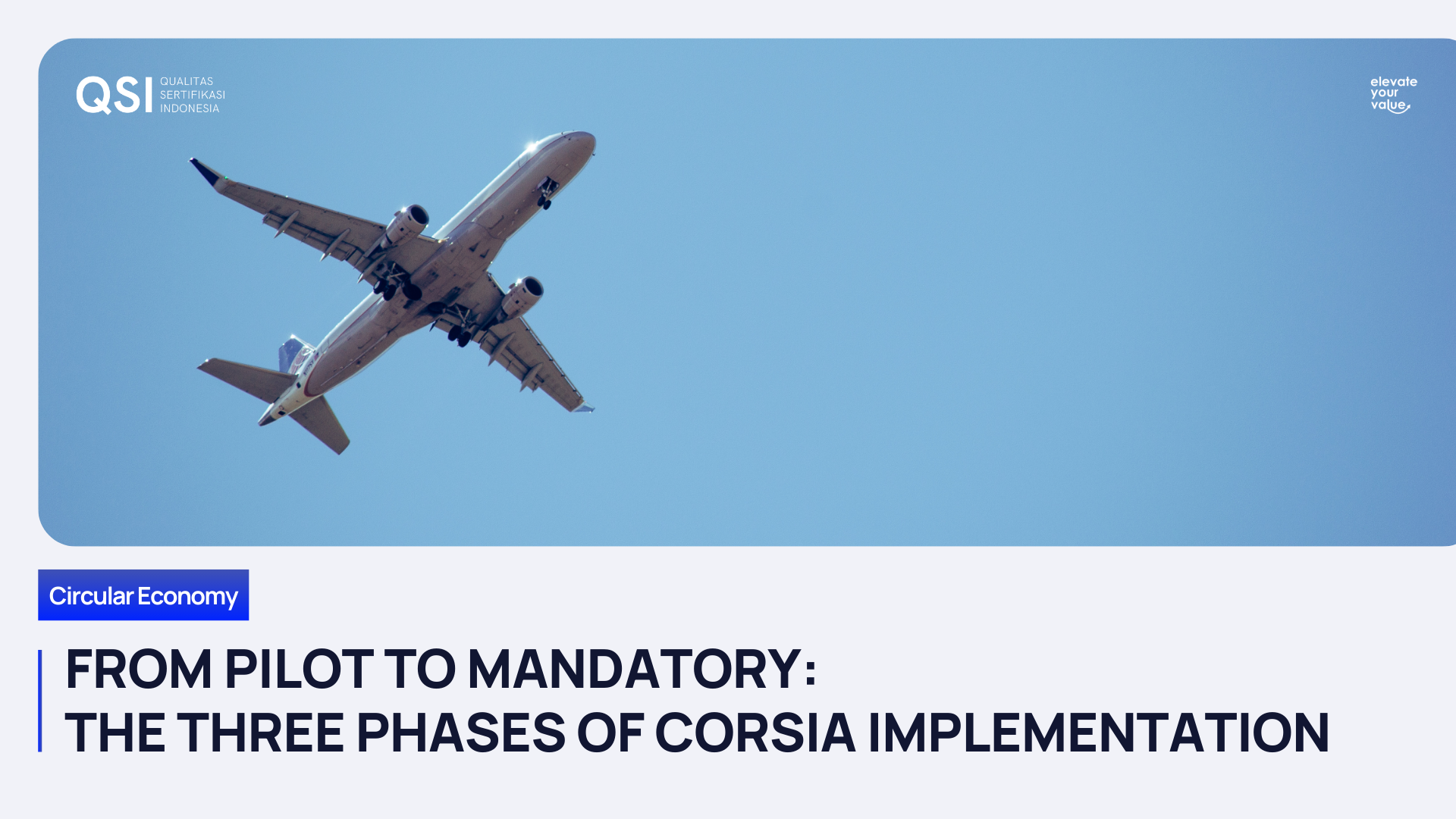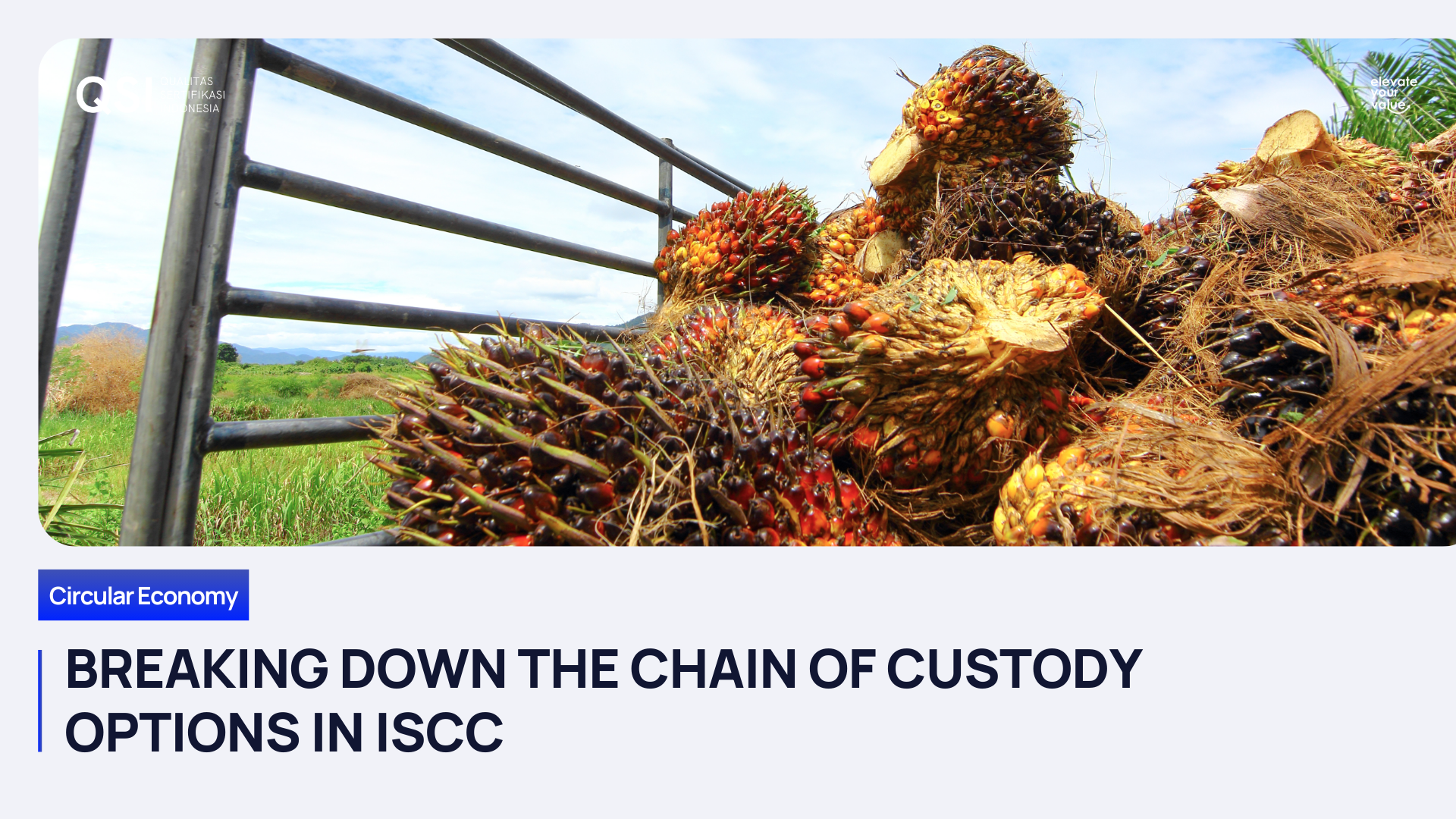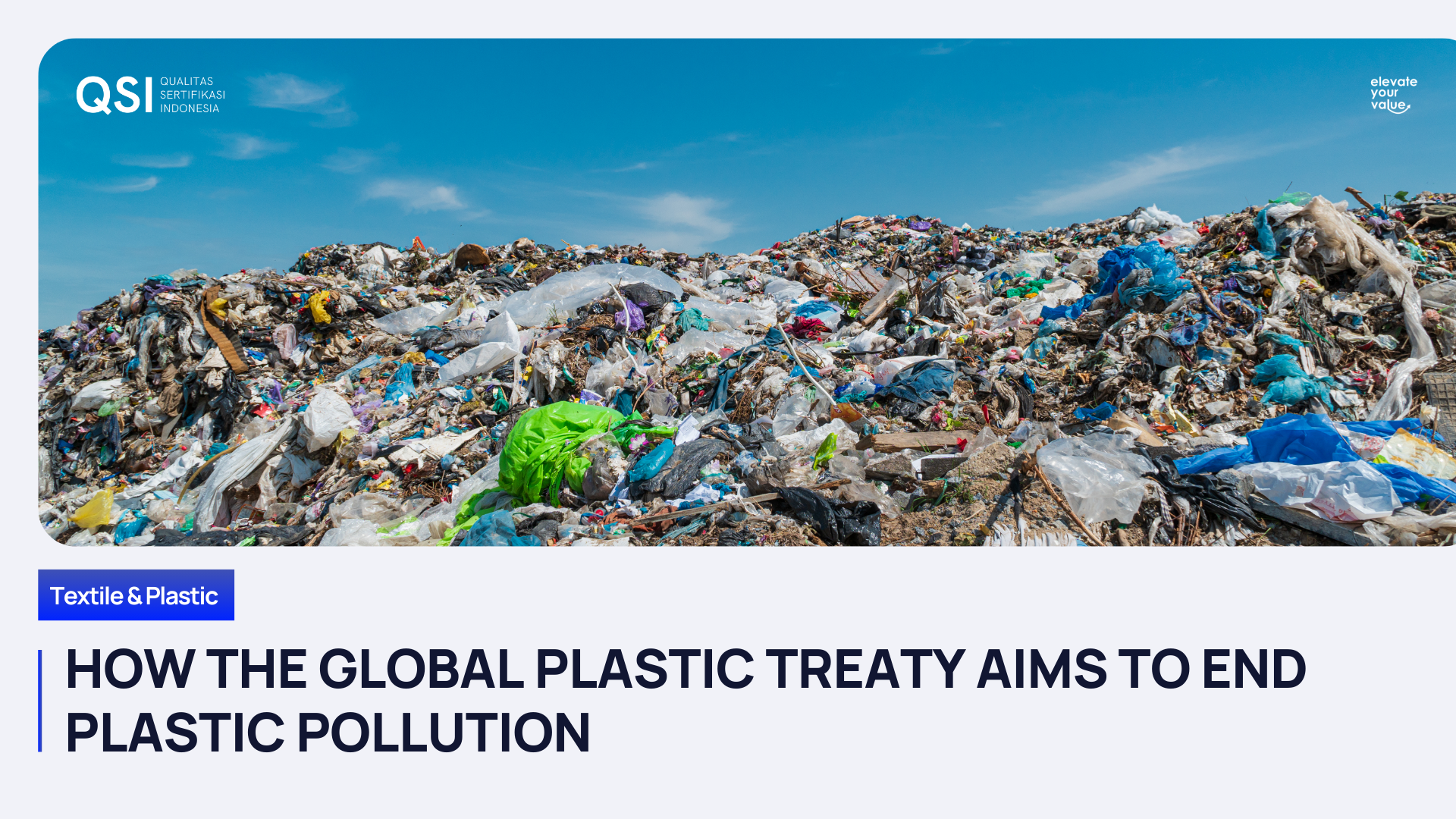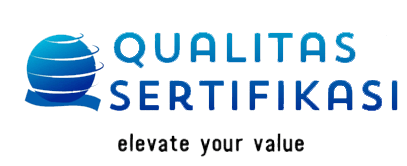Jaga Kadar Emisi Gas Rumah Kaca dengan Verifikasi dan Validasi

Isu seputar pengurangan emisi karbon semakin sering digaungkan selama beberapa tahun ke belakang. Hal ini menguat seiring bertambahnya kepedulian dan kekhawatiran akan kondisi iklim yang terus berubah, serta meningkatnya suhu bumi. Emisi karbon (CO2) merupakan salah satu jenis senyawa gas rumah kaca, selain metana, gas berfluorinasi dan dinitrogen oksida.
Menurut catatan International Energy Agency (IEA) pada 2020, emisi karbon di skala global sempat mengalami penurunan yang disebabkan pembatasan kegiatan masif di berbagai negara akibat Covid-19. Di tahun itu, total emisi CO2 mencapai 33,9 gigaton. Sebanyak 13,5 Gt di antaranya berasal dari listrik dan pemanas, berada di posisi paling atas dibanding sumber lain seperti industri, transportasi, gedung, dan lainnya.
Meski demikian, kondisi ini berbalik pada 2021, yang mana emisi karbon global naik mencapai 36,3 gigaton CO2 dan meraih rekor tertinggi dalam sejarah. Kenaikan yang ada tercatat mencapai 6 persen dari tahun 2022, seiring dengan pemulihan ekonomi global yang tumbuh sebanyak 5,9 persen pada periode yang sama.
Lalu, dari mana sumber gas rumah kaca ini?
Gas rumah kaca (GRK) berasal dari sejumlah aktivitas individu maupun industri. Hal ini dimulai dari penggunaan transportasi hingga kegiatan pabrik. World Resources Institute menyebut penyebab paling besar produksi gas rumah kaca berasal dari sektor energi.
Konsumsi dari energi ini menyumbang sebesar 76 persen atau 37,2 gigaton CO2 dari emisi gas rumah kaca dunia. Contohnya adalah transportasi, listrik, gedung-gedung pencakar langit, pabrik, konstruksi, maupun kegiatan lain yang membutuhkan pembakaran bahan bakar fosil untuk menopang kegiatan. Di bawah sektor energi, penyumbang produksi gas rumah kaca adalah agrikultur, industri, limbah dan penggunaan lahan.

Upaya mengurangi GRK
Ada beberapa cara untuk mengurangi GRK, mulai dari skala terkecil hingga yang besar. Hal ini juga bisa mulai dilakukan dari kegiatan sehari-hari, seperti mengurangi kemasan sekali pakai, menggunakan transportasi umum atau bahan bakar hemat energi, maupun mematikan arus listrik jika tidak sedang terpakai.
Dalam skala industri ada yang disebut dengan verifikasi dan validasi gas rumah kaca atau GHG. Verifikasi dan Validasi GHG merupakan standar internasional yang dibuat oleh International Organization for Standardization (ISO), dilakukan secara sukarela guna memvalidasi dan memverifikasi laporan emisi GRK.
Skema ini muncul sebagai jawaban atas tindakan wajib untuk memantau, melaporkan dan memverifikasi gas rumah kaca, sekaligus mengantisipasi peningkatan permintaan pemantauan dan pelaporan emisi GRK.
Skema verifikasi dan Validasi GHG digadang-gadang dapat memberikan manfaat bagi organisasi, negara, pemilik proyek, maupun pemangku kepentingan lainnya, dengan memberikan jaminan dan konsistensi dalam penilaian, pemantauan, pelaporan dan validasi atau verifikasi proyek/inventarisasi GRK.
Adapun ruang lingkup atau acuan dasar dari skema untuk verifikasi dan validasi GHG antara lain SNI ISO 14064-1:2018 Gas Rumah Kaca — Bagian 1: Spesifikasi dengan Panduan pada Tingkat Organisasi untuk Kuantifikasi dan Pelaporan Emisi dan Serapan Gas Rumah Kaca dan ISO 14064-2:2019 Gas Rumah Kaca — Bagian 2: Spesifikasi dengan Panduan di Tingkat Proyek untuk Kuantifikasi, Pemantauan, dan Pelaporan Pengurangan atau Peningkatan Pembuangan Emisi Gas Rumah Kaca.
Untuk teman-teman yang ingin tahu lebih dalam tentang gas rumah kaca, skema verifikasi dan validasinya, ataupun mau mempelajari lebih dalam perihal regulasi atau ruang lingkupnya, bisa cek
link ini ya. Ada kontak yang tersedia dan bisa dihubungi untuk informasi lebih lanjut.







